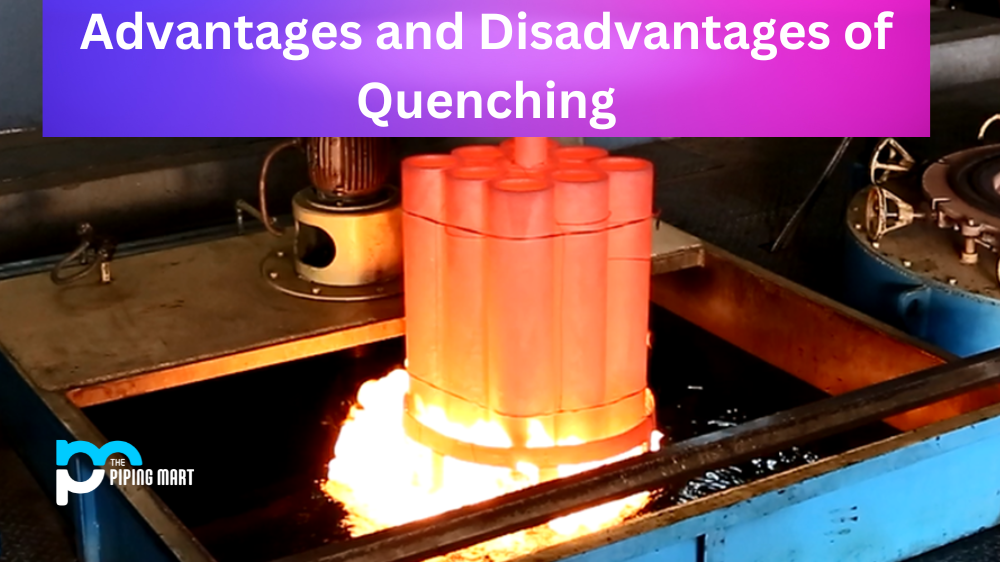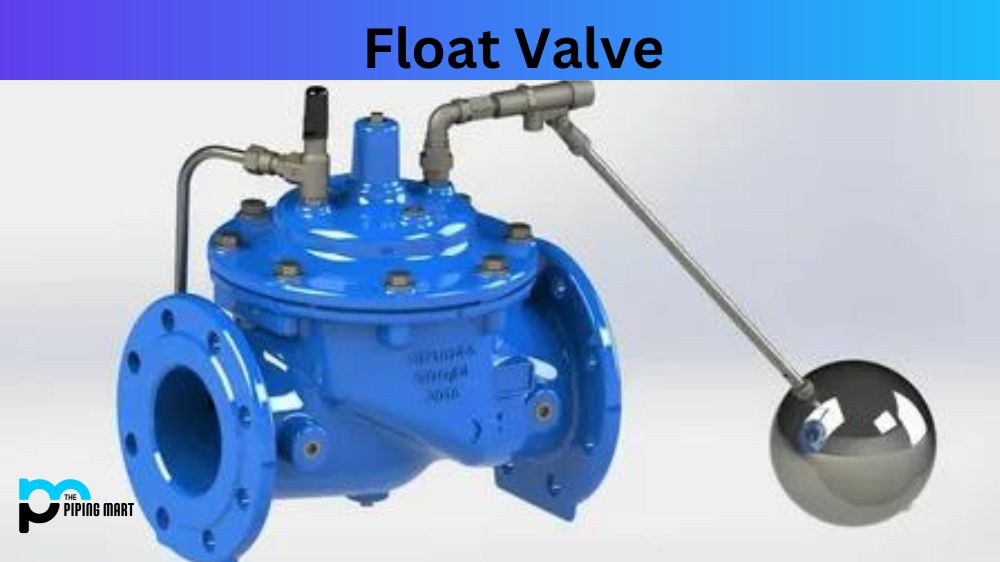Quenching is a process used in metalworking to harden materials by rapidly cooling them. It is an effective way of making materials stronger, but it also has its drawbacks. In this blog post, we’ll take a look at the advantages and disadvantages of quenching so that you can make an informed decision about whether or not it is right for your project.
Advantages of Quenching
The primary advantage of quenching is that it makes metals harder, resulting in a greater resistance to wear and tear. This means that parts made using quenched metals will last longer than those made with untreated metals. Additionally, since quenched metals are more resistant to wear and tear, they require less maintenance than untreated metals. Furthermore, quenching can be done quickly and easily with minimal equipment compared to other methods of hardening metal.
- Quenching can help to improve the hardness of a metal.
- Quenching can also help to improve the strength of a metal.
- Quenching can also help to improve the wear resistance of a metal.
- Quenching can also help to improve the corrosion resistance of a metal.
- Quenching can also help to improve the electrical conductivity of a metal.
Disadvantages of Quenching
While quenching can be effective for certain types of metals, it may not be suitable for all types due to its unique properties. For example, some metals may become brittle when exposed to rapid cooling from quenching. Additionally, certain alloys may react negatively when exposed to rapid cooling from quenching; this could potentially lead to cracking or warping of the material if not properly handled. Finally, quenched metals may exhibit reduced ductility due to the rapid cooling process; this could limit the range of applications where they can be used effectively.
- Quenching can cause distortion in the metal.
- It can also cause internal stresses that can lead to cracking.
- Quenching can also make the metal harder than necessary, which can make it more difficult to work with.
- Quenching can also cause the metal to become brittle and break more easily.
- Finally, quenching can be dangerous if not done properly, as it can cause serious burns.
Conclusion:
In conclusion, while there are many advantages to using quench hardening on materials, such as increased wear resistance and ease of use, there are also potential disadvantages that must be taken into account before deciding whether or not it is suitable for your project. Careful consideration should be given to the type of metal being used as well as its application before deciding if quench hardening is right for you. If you have any questions about the process or would like more information on how to quench hardening could benefit your project, don’t hesitate to reach out!

Pipingmart is a B2B portal that specializes in metal, industrial and piping items. Additionally, we share the latest information and information about materials, products and various types of grades to assist businesses that are involved in this business.




